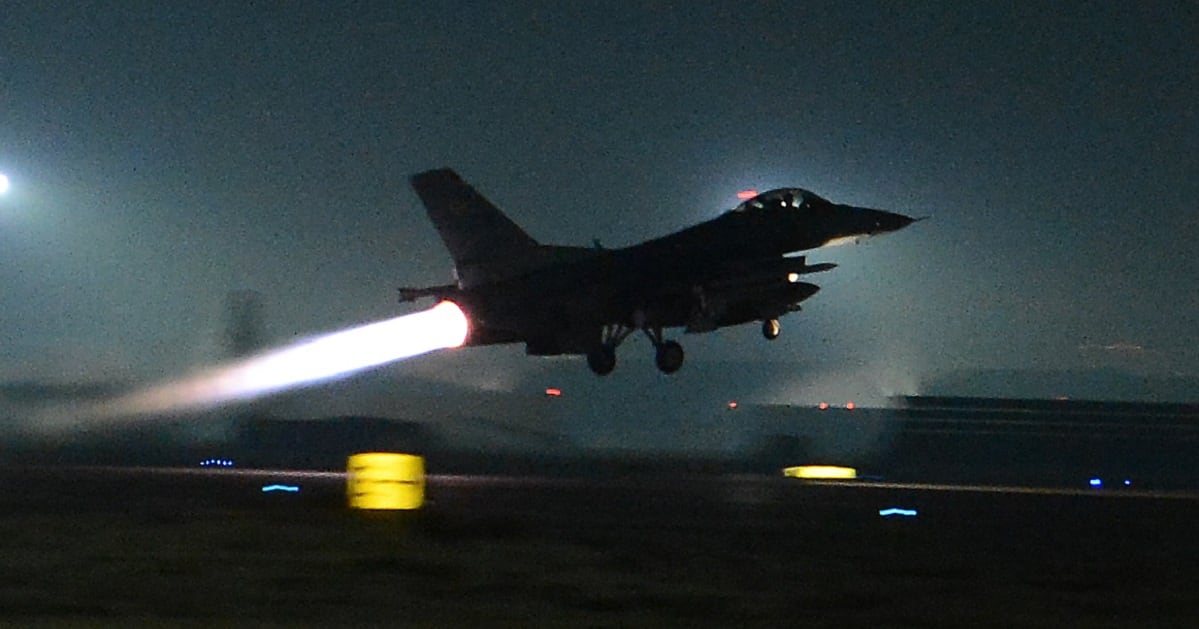The drug lab bombing campaign that was championed as a game-changer didn’t have the intended effect of hitting the Taliban’s purse and was probably a waste of resources.
That was one of the conclusions made Wednesday morning during a round-table discussion with John F. Sopko, Special Inspector General for Afghanistan Reconstruction, or SIGAR, the U.S. government’s primary oversight authority on the mission there.
It’s also still up to debate how much the Taliban are actually involved in illicit narcotics. At the same time, Afghanistan’s security forces look increasingly stretched thin, with force strength and Afghan government control over the country slipping.
To top it off, “almost every indicia, metric for success or failure is now classified or nonexistent,” Sopko said.
That process happened gradually and isn’t the fault of any one presidential administration, he added. “Over time, it’s been classified or it’s no longer being collected.”
Public sources, for instance, indicate that the casualty rate for Afghan forces is high, and it’s growing, Sopko said. However, the number of Afghan troops killed in combat is classified at the request of the Afghan government and has been for some time. Other metrics like attrition, capability assessments, and operational readiness of equipment became classified in 2017.
RELATED
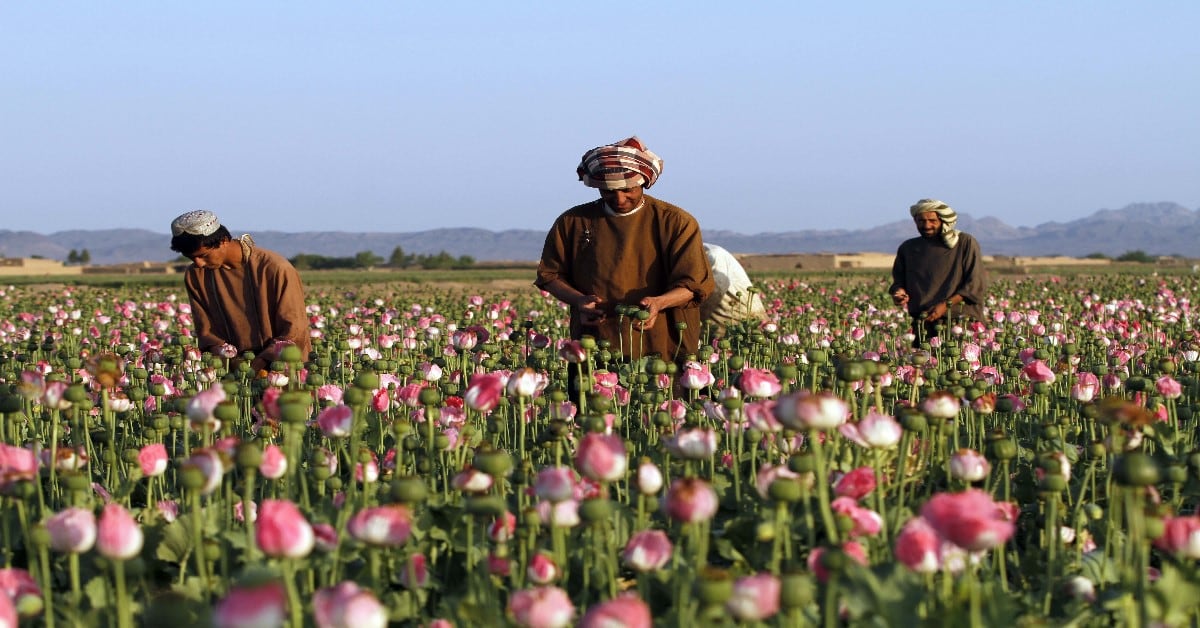
SIGAR still receives those metrics, but only in the classified annex of its quarterly reports, which can be viewed by lawmakers with security clearances.
“The classification, in some areas, we think is needless, but we don’t have classifying authority," Sopko said, adding that he has many years of experience working on Capitol Hill. "Embarrassing things tend to get classified in this town.”
"The only people who don’t know what’s going on are the people who are paying for all of this and that’s the American taxpayer,” he added.
Taliban drug lords?
One expenditure the American taxpayer footed the bill for was a drug lab bombing campaign last winter, known as Operation Iron Tempest.
The U.S. military bombed narcotics labs, of which there are many in Afghanistan’s poppy rich provinces, in a dedicated campaign “for the first time in this war," Air Force Brig. Gen. Lance Bunch, then-director of future operations in the country, said in December 2017.
By April 2018, the strikes “deprived the Taliban of an estimated $200 million in revenue,” Army Col. Lisa Garcia, Resolute Support spokeswoman, previously told Military Times.
The Pentagon released dozens of videos of airstrikes on drug labs conducted by F-22 Raptors, A-10 Warthogs and F-16 Fighting Falcons, among other aircraft. Despite the strong showing, Iron Tempest was quietly ended without much fanfare in February.
“They’re no longer doing it, which may indicate how effective it was,” Sopko told reporters Wednesday.
That shouldn’t have been a surprise, he added. Experts from the U.S. Drug Enforcement Agency and the State Department’s Bureau of International Narcotics and Law Enforcement Affairs had voiced concern early on.
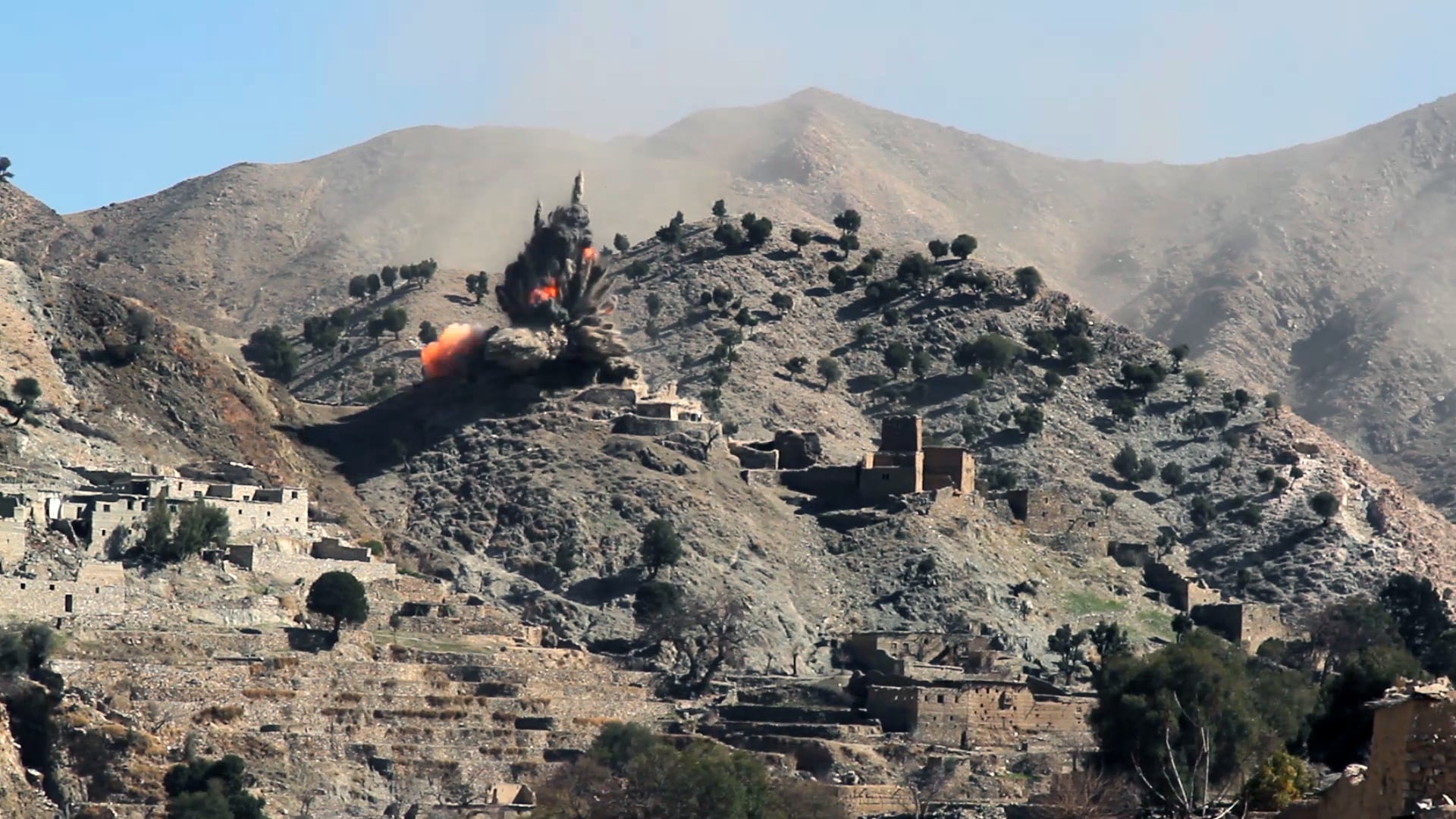
“Experts there told us that this was not going to succeed, because the labs that were destroyed were extremely small and mobile,” Sopko said, pointing to a table around which 20 reporters were sitting. “They were smaller than this table. They cost about $500 to build and operate.”
Some drug labs were originally in the open, but after the campaign kicked off, the drug producers simply changed tactics and move their labs into a mosque or another building, according to Sopko.
“Anyone who worked in counter-narcotics, any DEA agent, would have told you that’s what they’re going to do," he said. “And the second thing is, how much money was actually eliminated from the Taliban and from the drug warlords by this thing was totally exaggerated because you’re bombing and you don’t know whats in the bag, what’s in the barrels.”
RELATED
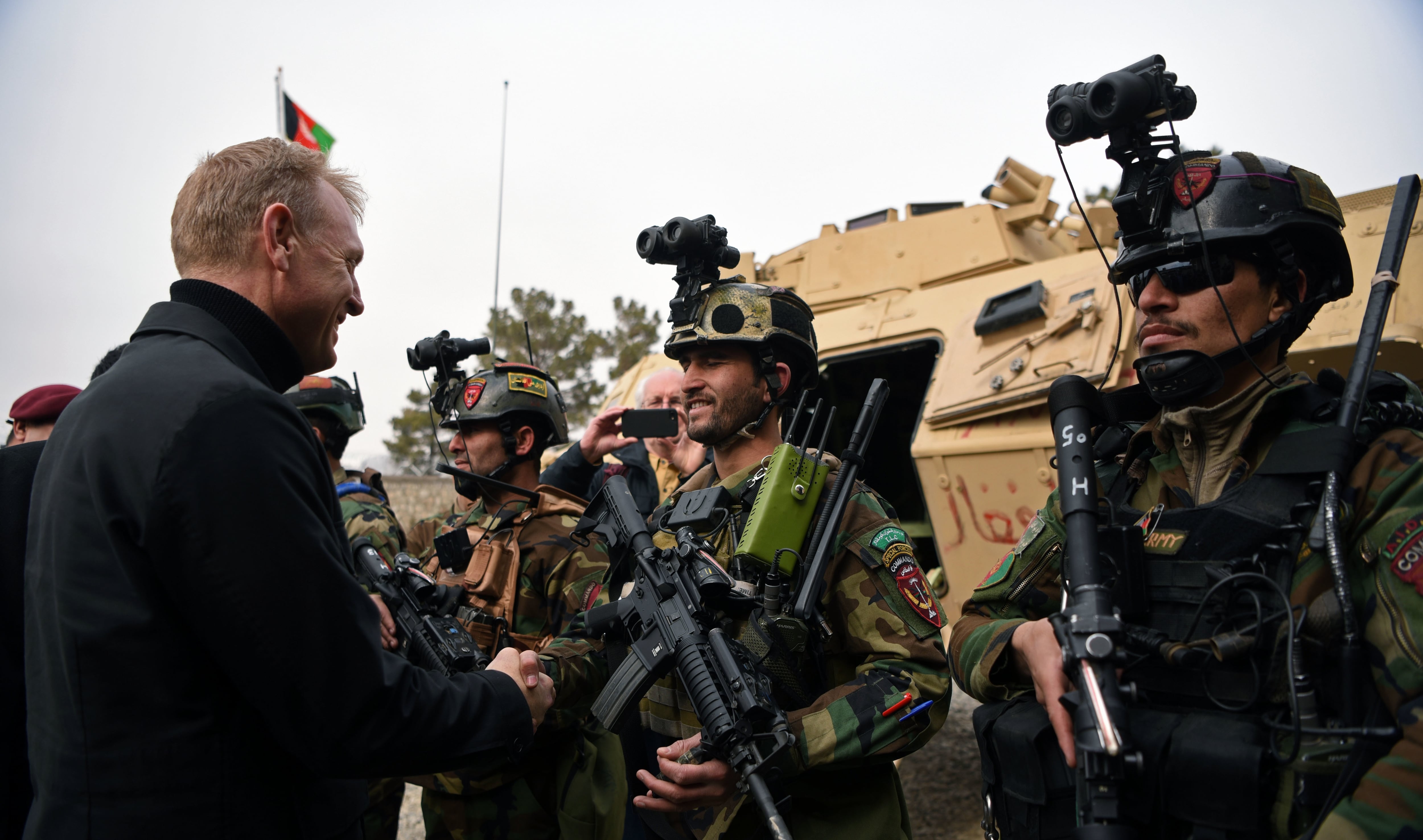
The Pentagon over-calculated the cost that was deprived from the labs, Sopko said, and military officials never gave a good answer as to what their analyses were based on.
“DEA told us from day one, that those amounts that we were claiming we were destroying were, I wouldn’t say fictional, but there was no basis."
It also remains unclear how much the Taliban are actually involved in the illicit narcotics business. Intelligence suggests that the Taliban tax opium production revenue — and there may be some Taliban commanders who protect labs — but the extent to which narcotics finances operations is unknown.
Growing poppy and making opium bricks is also a common part of rural Afghan farming, Vanda Felbab-Brown, a senior fellow at the Brookings Institution, told Military Times last year.
“You can hit a farmer very badly in the middle of the season and financially ruin him,” Felbab-Brown said. “However, it’s harder to bankrupt the criminal because they make money on a much vaster area and include many more sources."
Army Lt. Ubon Mendie, a U.S. Forces - Afghanistan spokesman, declined comment on the Taliban’s drug production.
Afghan Commandos look like the best hope
In the past, SIGAR has raised concerns that the Afghan government and U.S. military may be over-relying on Afghan special operations forces, like the Commando Kandaks.
“My staff tells me that’s still a concern,” Sopko said. “There was basically a burnout and sustainability question.”
Over the summer, Afghan Commandos were nearly routed in their defense of Ghazni city against a Taliban offensive. They ultimately reasserted control with the aid of U.S. airstrikes, but their high casualty rate may be an indication that those forces are overworked, according to Bill Roggio, senior fellow at the Foundation for Defense of Democracies’ Long War Journal.
“I don’t want to say the regular Afghan military gets defeated by the Taliban all the time, but any real work is being done by the Commandos,” Roggio said.
There has been an effort to expand the number of Afghan special operations forces, but the onus may need to shift to conventional forces.
“When you expand them, then they become less than special,” Roggio said.
SIGAR reported in its last quarterly report that misuse extended beyond the Afghan Commandos and to Afghanistan’s Special Mission Wing — an elite cohort of Afghan pilots who conduct rotary-wing and fixed-wing flights for all Afghan special operations forces.
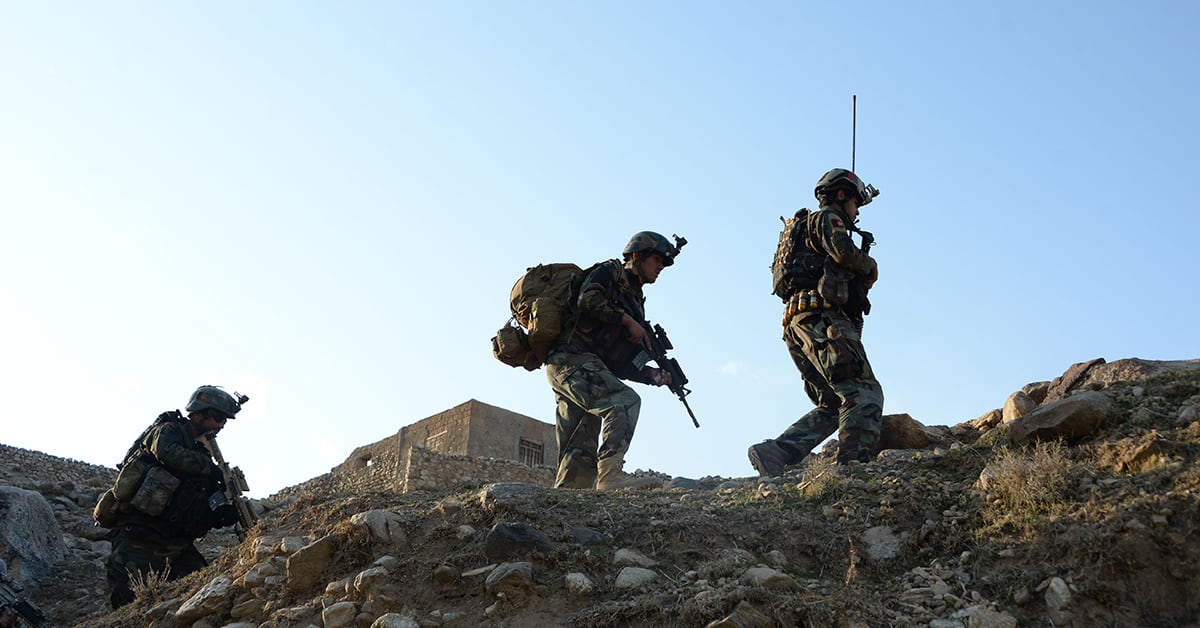
Pentagon officials told SIGAR that Afghan special operations misuse had “increased to unsustainable levels” over the last six months. In many cases, Afghan special operations units, especially the Commandos, were deployed for extended periods of time after Afghan National Army Corps commanders refused to relieve them with conventional forces.
“This has caused many [Afghan special operations] units to be overused and unable to rest, train, or reequip, lowering the overall readiness,” the SIGAR report reads. “It has also reduced the number of offensive operations executed by the [Afghan special operations] over the summer.”
The Afghan government has been trying to double the number of its Afghan Commandos to roughly 23,000 by the year 2020. U.S. officials wouldn’t comment on the growth in raw numbers, but said that they are conducting more missions and leading more fights against the Taliban independently.
“They are the most effective combat element of the Afghan National Defense and Security Forces and are increasingly integrated with the Afghan Air Force, a key asymmetric advantage on the battlefield,” Mendie, the U.S. Forces - Afghanistan spokesman, said.
In January, SIGAR reported a much bleaker assessment of the Afghan conventional force. The actual force strength of Afghan personnel was 308,693 in October 2018 — the lowest it has been since the current mission began in January 2015. And their capabilities are similarly lacking in development.
“I would say, overall, we haven’t seen that great of an improvement,” Sopko said. “It’s still a stalemate. Their capabilities are probably the same over time.”
Kyle Rempfer was an editor and reporter who has covered combat operations, criminal cases, foreign military assistance and training accidents. Before entering journalism, Kyle served in U.S. Air Force Special Tactics and deployed in 2014 to Paktika Province, Afghanistan, and Baghdad, Iraq.
